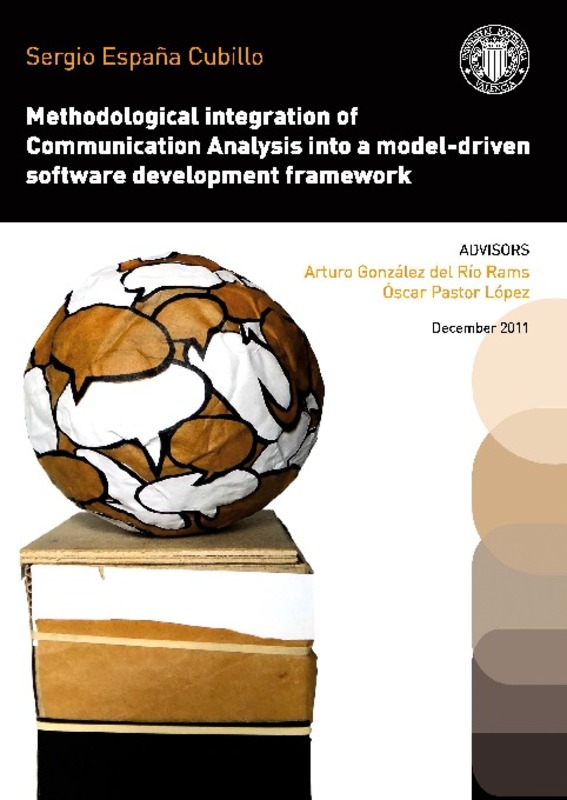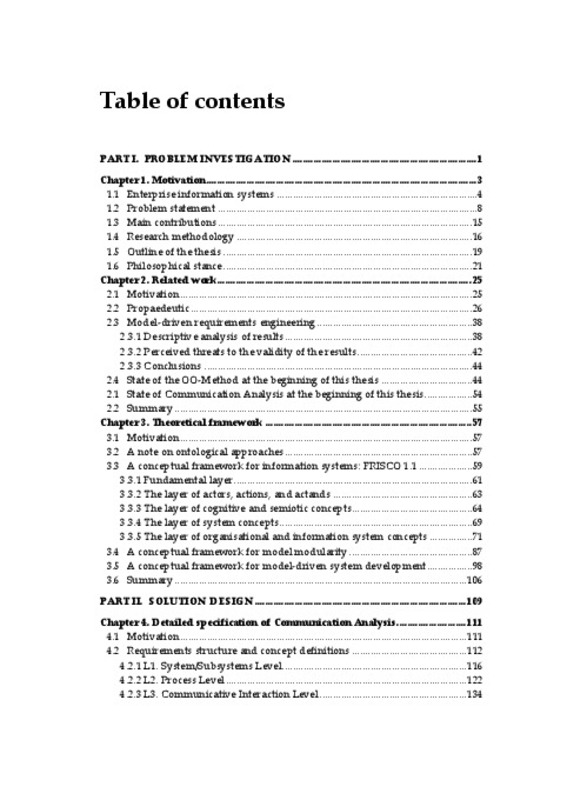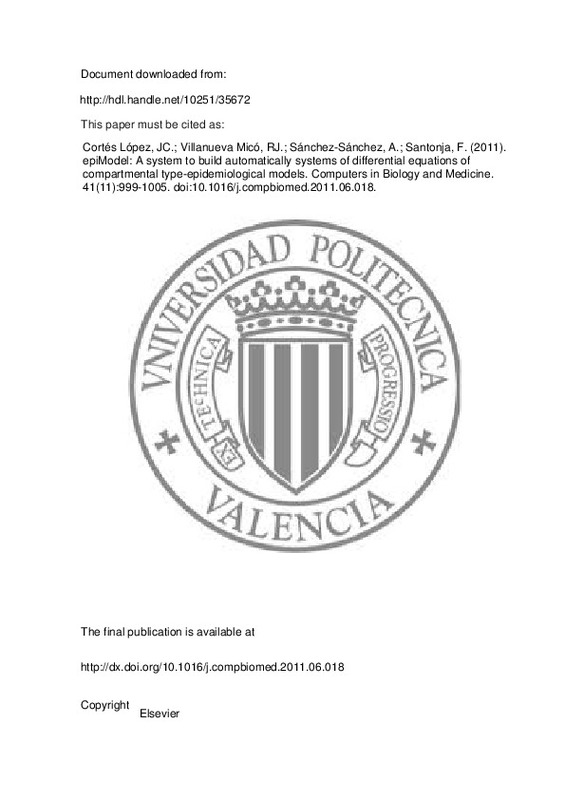- RiuNet repositorio UPV
- :
- Investigación
- :
- Tesis doctorales
- :
- Ver ítem
JavaScript is disabled for your browser. Some features of this site may not work without it.
Buscar en RiuNet
Listar
Mi cuenta
Estadísticas
Ayuda RiuNet
Admin. UPV
METHODOLOGICAL INTEGRATION OF COMMUNICATION ANALYSIS INTO A MODEL-DRIVEN SOFTWARE DEVELOPMENT FRAMEWORK
Mostrar el registro completo del ítem
España Cubillo, S. (2011). METHODOLOGICAL INTEGRATION OF COMMUNICATION ANALYSIS INTO A MODEL-DRIVEN SOFTWARE DEVELOPMENT FRAMEWORK [Tesis doctoral]. Universitat Politècnica de València. https://doi.org/10.4995/Thesis/10251/14572
Por favor, use este identificador para citar o enlazar este ítem: http://hdl.handle.net/10251/14572
Ficheros en el ítem
Metadatos del ítem
| Título: | METHODOLOGICAL INTEGRATION OF COMMUNICATION ANALYSIS INTO A MODEL-DRIVEN SOFTWARE DEVELOPMENT FRAMEWORK | |||
| Autor: | España Cubillo, Sergio | |||
| Director(es): | González del Río Rams, Arturo | |||
| Entidad UPV: |
|
|||
| Fecha acto/lectura: |
|
|||
| Resumen: |
It is widely recognised that information and communication technologies development is a risky activity. Despite the advances in software engineering, many software development projects fail to satisfy the clients' needs, ...[+]
|
|||
| Palabras clave: |
|
|||
| Derechos de uso: | Reserva de todos los derechos | |||
| DOI: |
|
|||
| Editorial: |
|
|||
| Tipo: |
|
recommendations
Este ítem aparece en la(s) siguiente(s) colección(ones)
-
Tesis doctorales [5389]







![Text file [Text]](/themes/UPV/images/text.png)





